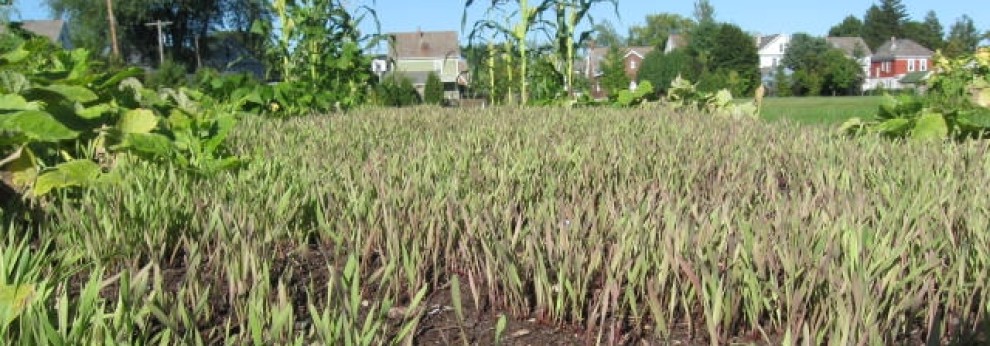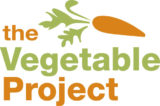 Arugula seeds placed in a miniature greenhouse at Albany High School in late February have germinated already. So, if nothing else, we learn that these are seeds that start in pretty cool weather. But about 500 individual creations into the 2023 edition of the Vegetable Project’s Milk Jug Miniature Greenhouse Project, we can confidently make a few other observations.
Arugula seeds placed in a miniature greenhouse at Albany High School in late February have germinated already. So, if nothing else, we learn that these are seeds that start in pretty cool weather. But about 500 individual creations into the 2023 edition of the Vegetable Project’s Milk Jug Miniature Greenhouse Project, we can confidently make a few other observations.
- It is possible to get students outside, even in the winter, even if only to set finished products out where they belong.
- Students are really energized by hands-on learning opportunities.
- Teachers are also pretty excited by the commotion and mess that we bring into their classrooms.
- We need to make some changes in how we orchestrate all of this before we commit to doing it again next year.
 So, what exactly is a milk jug greenhouse? And why do we think it is so important to offer making one to 750 students in 39 classes and one after-school program at eight Albany schools over a few weeks of late winter and early spring?
So, what exactly is a milk jug greenhouse? And why do we think it is so important to offer making one to 750 students in 39 classes and one after-school program at eight Albany schools over a few weeks of late winter and early spring?
Simple plastic gallon jugs function somewhat like a more common agricultural greenhouses when the sun’s energy passes through their translucent walls and warms the interior spaces. The structure holds some of the resulting warmth inside for a while. And this creates a more hospitable environment for some seeds and some plants than the surrounding winter air.
 Making one is simple enough that an experienced adult with materials and tools all organized might do it in five or 10 minutes. For many kids, however, it’s a first or relatively novel opportunity for a host of experiences. Students poke holes in jugs with battery-operated drills. They put their hands in tubs of wetting potting mix. And they handle seeds that in many cases are too tiny to grasp between a finger and a thumb.
Making one is simple enough that an experienced adult with materials and tools all organized might do it in five or 10 minutes. For many kids, however, it’s a first or relatively novel opportunity for a host of experiences. Students poke holes in jugs with battery-operated drills. They put their hands in tubs of wetting potting mix. And they handle seeds that in many cases are too tiny to grasp between a finger and a thumb.
Is this educational? Well, it probably doesn’t equip anyone with the answers to questions on the next test. We would note, however, that breadth of real world experiences – yes, operating a drill, overcoming squeamishness about touching something slightly yucky and catching a glimpse nature’s amazing capacity to load potential growth into really tiny packages – is incredibly useful foundation for academic knowledge and understanding and thinking.
 We can do more to build more obvious learning around the activity, such as by dissecting seeds a week before building the greenhouses, and tasting or transplanting whatever we grow a few weeks down the road. We are working on those potential aspects of the project and we learn ourselves from our experiences.
We can do more to build more obvious learning around the activity, such as by dissecting seeds a week before building the greenhouses, and tasting or transplanting whatever we grow a few weeks down the road. We are working on those potential aspects of the project and we learn ourselves from our experiences.
In the meantime, creating more hands-on activity, more physical activity and more unexceptional but interesting tactile experiences than our host schools ever do creates valuable learning opportunities for students and we adults. And one more thing: While we at the Vegetable Project steer clear of ever casting our purpose in terms of fun, it was pretty darn heartening to hear a kid at Eagle Point Elementary School the other day say, “This was the funnest day at school ever.”
–Bill Stoneman



